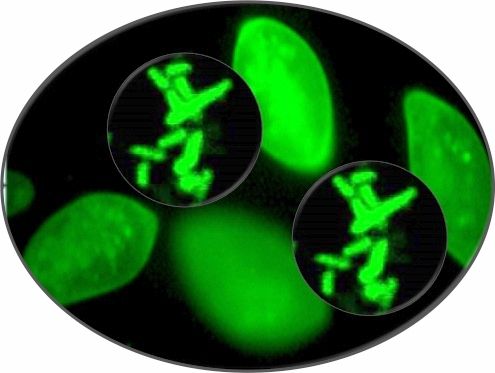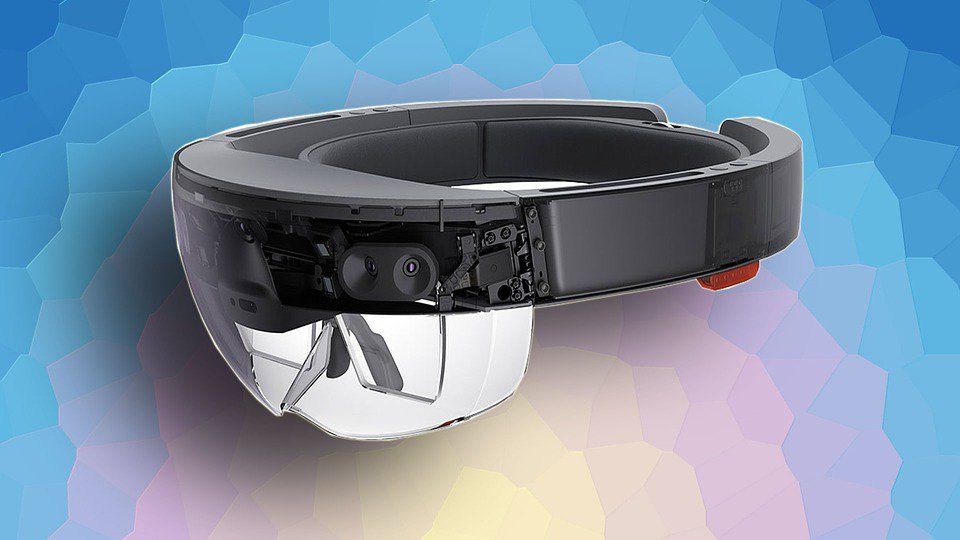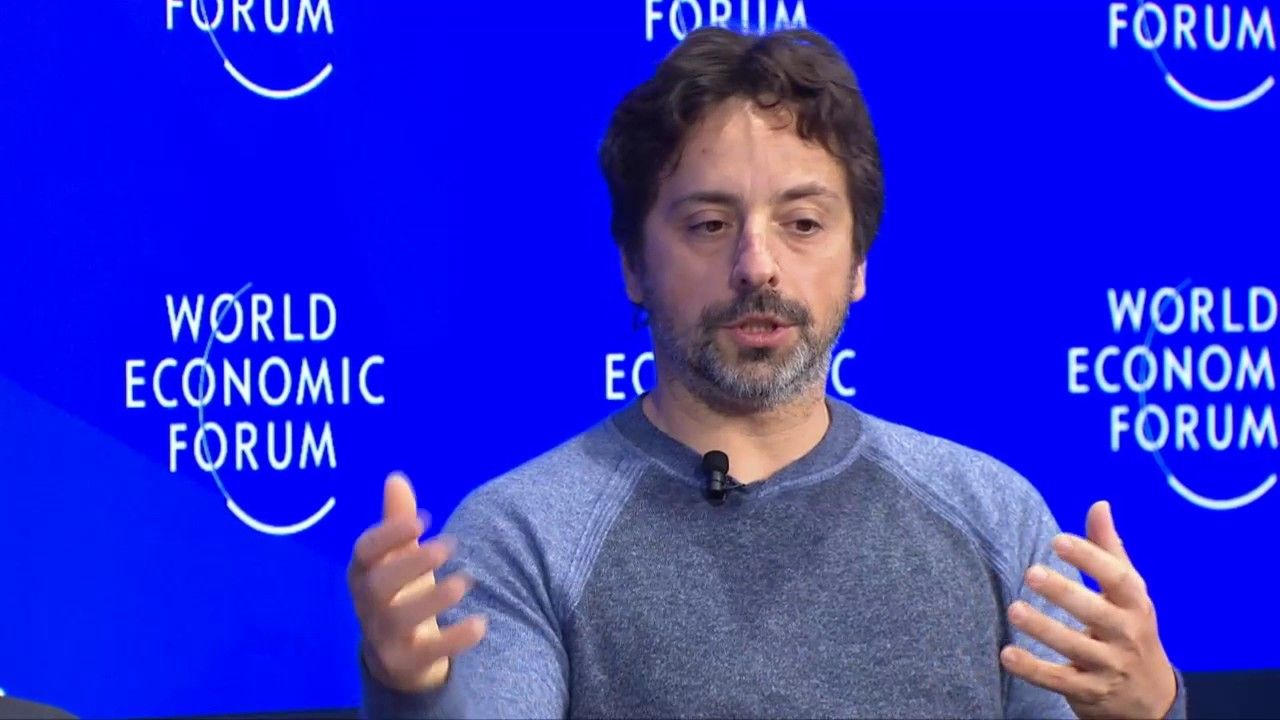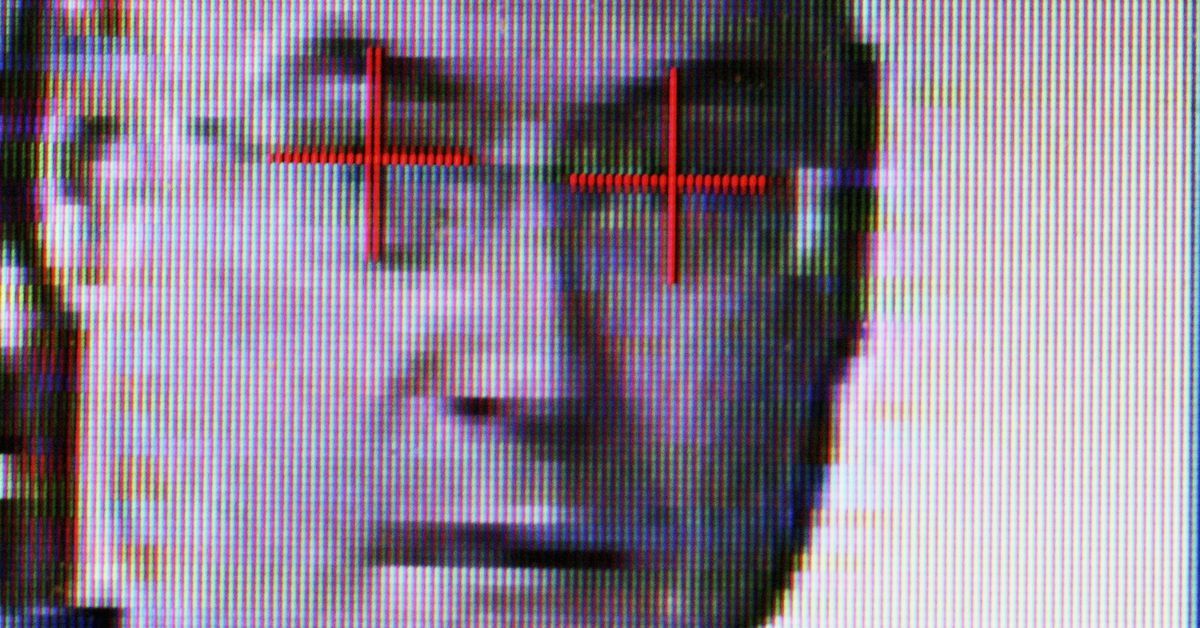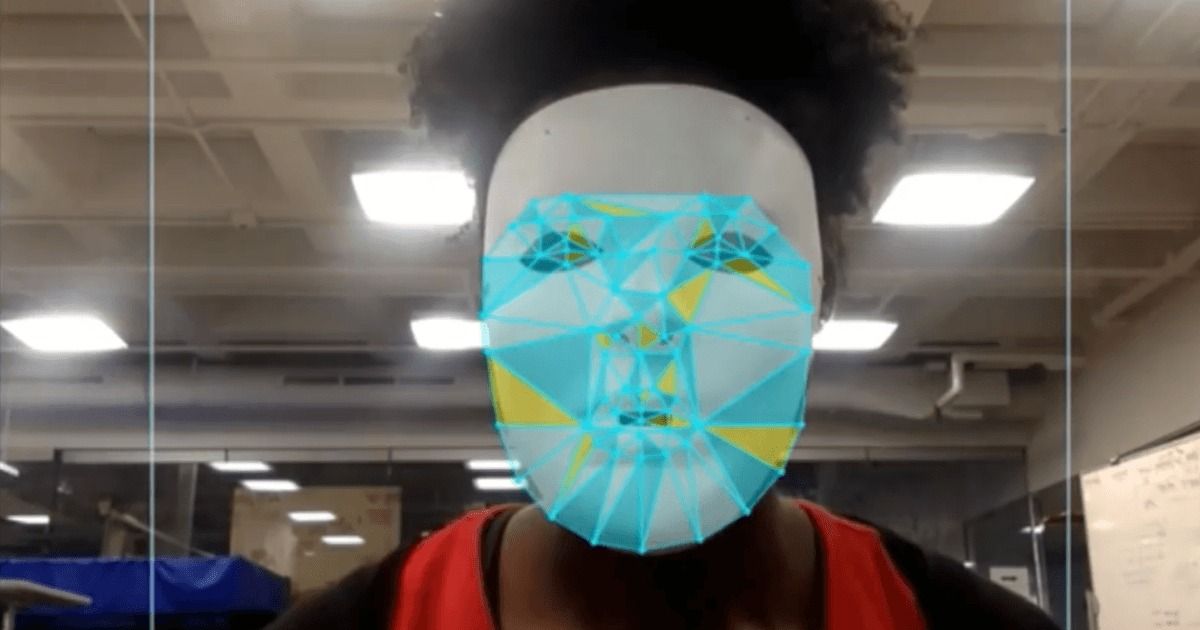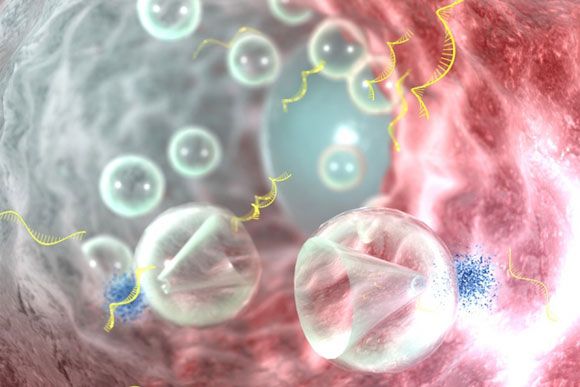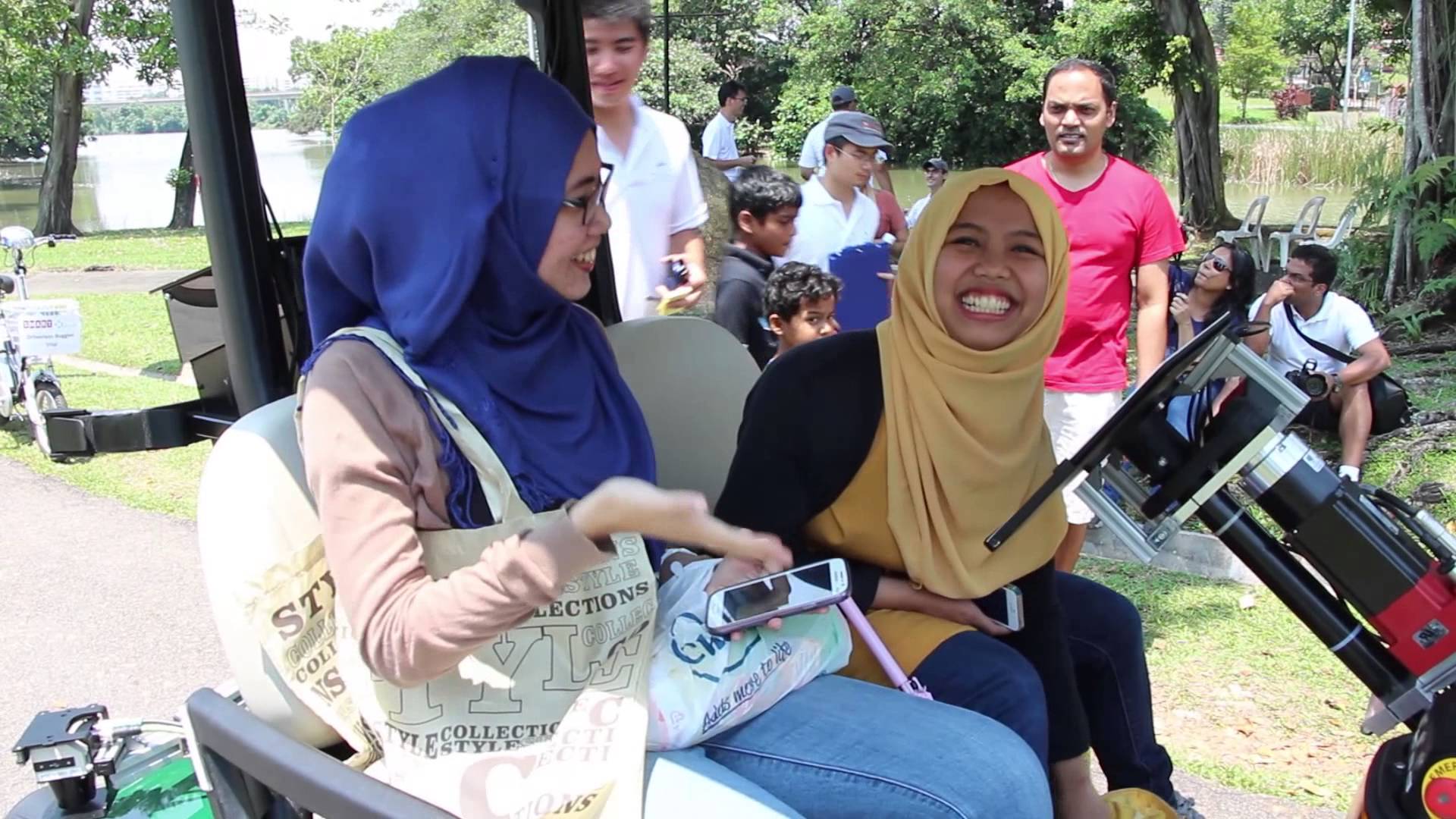The speed with which microbes in a simplified ecosystem absorb the nanomaterials is raising concerns about the effect on organisms higher in the food chain.
TEL AVIV, Jan 21 — Israel has upgraded its missile defence system so that the country can be protected from the ground to outer space.
The latest addition, the Arrow 3, became operational on Wednesday. The system has a range up to 2,400 km and can be used as an anti-satellite weapon. It was co-developed by Israel Aerospace Industries and Boeing Co.
An ‘Arrow 3’ ballistic missile interceptor is seen during its test launch near Ashdod, Israel December 10, 2015. — Reuters picThe bottom tier of Israel’s missile defence system is the Iron Dome interceptor, which is designed to destroy short-range rockets and artillery shells fired up to 70 km away. The second tier of the system is David’s Sling, which is designed to shoot down mid-range, lower-altitude missiles. The Arrow 2 is designed to intercept missiles in low to high atmosphere.
This post is also available in:  עברית (Hebrew)
עברית (Hebrew)
Microsoft’s HoloLens hologram headset systems are already being used in the Australian, Ukrainian and Israeli military forces, and now the US military is also finding a use for Microsoft’s most advanced technology.
In recent exercises, forces from the Marines held a weeklong exercise called Spartan Emerging Technology and Innovation Week at North Carolina. The event featured various training technologies – from quadcopters to augmented reality developed with support from the Office of Naval Research (ONR) to accelerate the development of decision-making skills.
I am still waiting for mine. I cannot wait to the day I use my smart lenses to take pics, videos, login to view work email, etc. BTW — I look forward to day we eliminate email too.
Google may have shelved Google Glass, its failed attempt to persuade the world that internet-connected spectacles were the next big thing, but it has not given up on the concept of smart eyeware.
The internet giant’s Verily Life Sciences unit has been working on connected contact lenses – or rather, eye implants – for some time, and Google founder Sergey Brin dropped a hint at the World Economic Forum in Davos that the technology may soon see the light of day.
Interviewed on stage at Davos, Brin said that Verily had started working on a glucose sensing contact lens project some time ago, and hinted that the first products may come to market soon.
A team of engineers has developed a new RNA delivery technique that uses short bursts of ultrasound to efficiently deliver RNA into cells, reducing colon inflammation.
MIT and Brigham and Women’s Hospital researchers have demonstrated that they can deliver strands of RNA efficiently to colon cells, using bursts of ultrasound waves that propel the RNA into the cells. Using this approach, the researchers dramatically turned down the production of a protein involved in inflammatory bowel disease (IBD), in mice.
“What we saw in this paper was the ultrasound can enable rapid delivery of these molecules,” says Carl Schoellhammer, a postdoc at MIT’s Koch Institute for Integrative Cancer Research and the study’s lead author. “In this case it was proinflammatory molecules that we were shutting off, and we saw tremendous knockdown of those proteins.”
Faster websites with fewer bugs
Posted in internet, robotics/AI
Daniela Rus loves Singapore. As the MIT professor sits down in her Frank Gehry-designed office in Cambridge, Massachusetts, to talk about her research conducted in Singapore, her face starts to relax in a big smile.
Her story with Singapore started in the summer of 2010, when she made her first visit to one of the most futuristic and forward-looking cities in the world. “It was love at first sight,” says the Andrew (1956) and Erna Viterbi Professor of Electrical Engineering and Computer Science and the director of MIT’s Computer Science and Artificial Intelligence Laboratory (CSAIL). That summer, she came to Singapore to join the Singapore-MIT Alliance for Research and Technology (SMART) as the first principal investigator in residence for the Future of Urban Mobility Research Program.
“In 2010, nobody was talking about autonomous driving. We were pioneers in developing and deploying the first mobility on demand for people with self-driving golf buggies,” says Rus. “And look where we stand today! Every single car maker is investing millions of dollars to advance autonomous driving. Singapore did not hesitate to provide us, at an early stage, with all the financial, logistical, and transportation resources to facilitate our work.”
